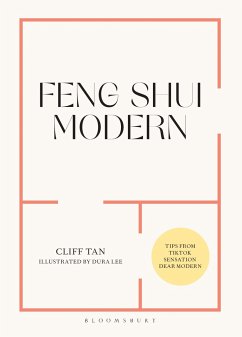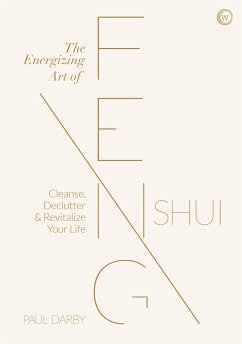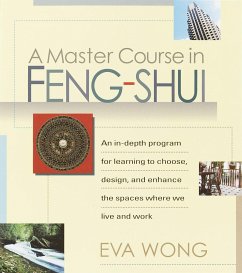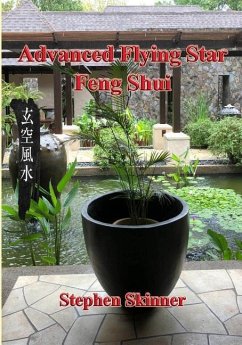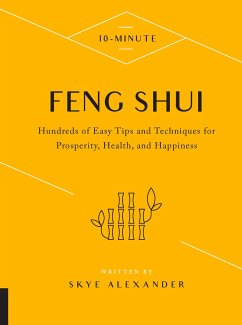
Feng Shui Applications for A Healing Environment Prototype
Versandkostenfrei!
Versandfertig in 6-10 Tagen
32,99 €
inkl. MwSt.

PAYBACK Punkte
16 °P sammeln!
This book explores the unique merger of eastern design theories with western building methodology. More specifically, it examines Feng Shui principles in the Form School which was synthesized for the design of prototype of cancer treatment facility.For many centuries, Feng Shui has made a significant contribution in design in the eastern world. In western society, the primary premise during the design of built environment involves analysis and interpretation of measurable scientific data. This scientific approach has become a general norm for many designers. Although Feng Shui principles gaine...
This book explores the unique merger of eastern
design theories with western building
methodology. More specifically, it examines Feng
Shui principles in the Form School which was
synthesized for the design of prototype of cancer
treatment facility.
For many centuries, Feng Shui has made a
significant contribution in design in
the eastern world. In western society, the primary
premise during the design of built environment
involves analysis and interpretation of measurable
scientific data. This scientific approach has become
a general norm for many designers. Although Feng
Shui principles gained popularity in
western countries in the last fifteen years, many
professionals still view these principles to be
lacking in a stable scientific foundation.
This book challenges the notion of concept of Feng
Shui being based on superstition with limited value
in design practice. In addition, it illustrates the
potential of combining these eastern philosophies
with western principles. The study is
generally catered to professionals in Design and
Cultural fields who possess interest in Feng Shui
theory.
design theories with western building
methodology. More specifically, it examines Feng
Shui principles in the Form School which was
synthesized for the design of prototype of cancer
treatment facility.
For many centuries, Feng Shui has made a
significant contribution in design in
the eastern world. In western society, the primary
premise during the design of built environment
involves analysis and interpretation of measurable
scientific data. This scientific approach has become
a general norm for many designers. Although Feng
Shui principles gained popularity in
western countries in the last fifteen years, many
professionals still view these principles to be
lacking in a stable scientific foundation.
This book challenges the notion of concept of Feng
Shui being based on superstition with limited value
in design practice. In addition, it illustrates the
potential of combining these eastern philosophies
with western principles. The study is
generally catered to professionals in Design and
Cultural fields who possess interest in Feng Shui
theory.



